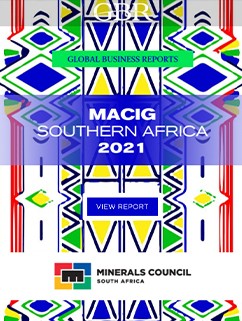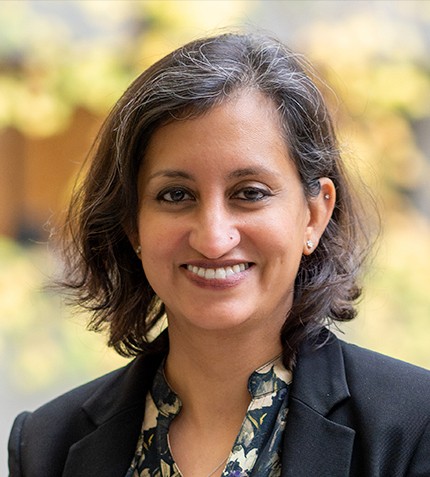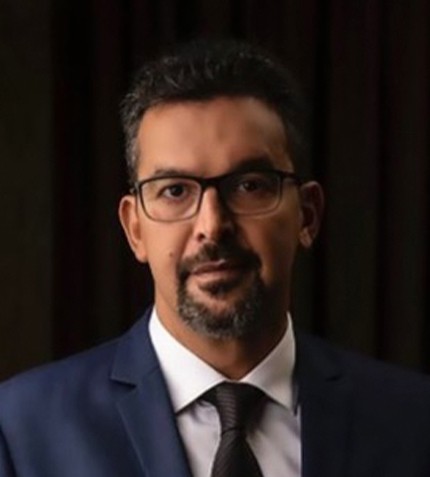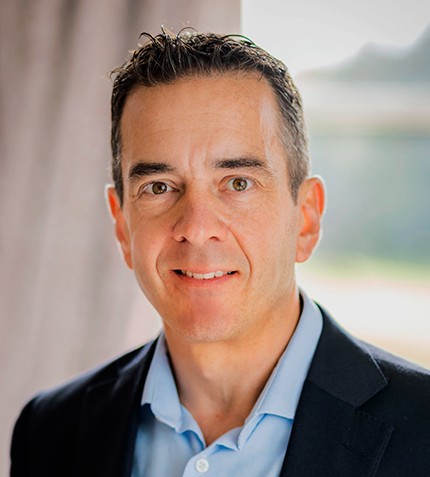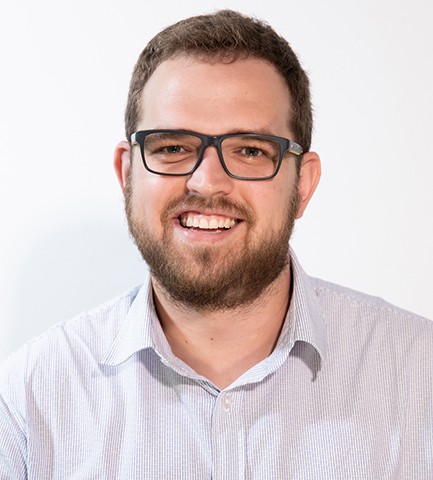
"We have evolved into a full-scale pit-to-port mining technology company and are continually on the look-out to provide solutions to the big and small challenges that mines face."
RELATED PUBLICATION
Gideon Slabbert
GENERAL MANAGER, MAPTEK
Can you give an overview of Maptek and the company’s history in Southern Africa?
Our beginning was in plotting boreholes and cross-sections for coal companies, and we soon realised the need to develop software for companies to do their own processing of data. This year marks 40 years of Maptek delivering innovative solutions to the mining industry.
We have been serving the African region for decades and established our office in Johannesburg in 1994. We handle all needs from geological databases and geological modelling, survey and mine planning, to production and plant management systems, covering all aspects of the mining value chain. We have evolved into a full-scale pit-to-port mining technology company and are continually on the look-out to provide solutions to the big and small challenges that mines face.
With the uptake of new technology at mines, our office has seen significant growth year-on-year for the past five years, and we have built a substantial professional team of geologists and mining engineers. Maptek Southern Africa serves customers from the southern tip of South Africa up to the equator.
How did the pandemic shape and impact the mining software market?
Traditionally, mining in Southern Africa has been conservative in adopting new technologies. The pandemic accelerated the pace of technological adoption due to the shift to remote work. There were challenges in integrating new systems rapidly, for which Maptek was well-positioned. Our online training platform and systematic licensing approach allowed users to be trained remotely and at their own pace through an online portal.
Can you elaborate on Maptek’s smart solutions for the mining industry and which products are driving the company’s growth in Africa?
BlastLogic is a significant growth area for Maptek in South Africa. Anglo American has standardized its operations globally using the BlastLogic digital blast management system. Blasting is typically needed to crush the ore, but there has not been much attention given to its impact on downstream processes and the benefits that data interoperability and systems integration can bring. The system is a big value driver for mines, and rapid adoption of BlastLogic is clear evidence of that.
Our terrestrial laser scanners have also seen great demand, and I would attribute their success to the accompanying software: PointStudio point cloud processing software currently leads the industry for 3D geospatial data modelling and analysis.
Our resource tracking solution area is another exciting innovation. We are currently incorporating the fleet and information management systems from South African company MinLog into our portfolio, with added emphasis on real time tracking and conformance to plan. These solutions focus on making use of data from the production side of mining and include stockpile, plant and material flow management, and help convert data into knowledge for managing operations from pit to port.
What demand trends is Maptek observing for the company’s products across the region?
Mines are looking for integrated software. Moving further along the fourth industrial revolution and automation route requires software to drive value. Clients want to integrate different software packages and use new data within the systems they already have. The trend is towards an integrated and complete mining technology system, even though packages might come from different vendors.
What is your vision for Maptek in Southern Africa over the next two years?
I believe there is potential in the African market for a significant uptake of software and mining technology. Maptek has experienced rapid growth, which we are looking to accelerate. Our strategy includes fostering emerging engineers and geologists so they begin their mining careers with a solid understanding of the value of technology, and we recently established a dedicated University Council to extend the breadth and depth of our academic footprint.




